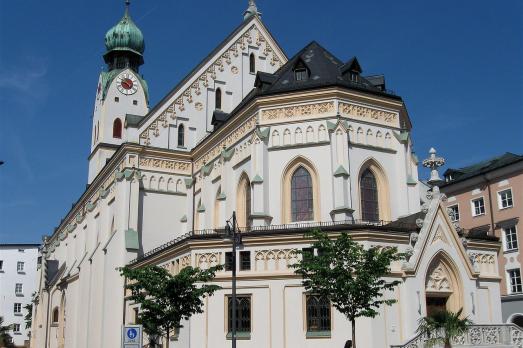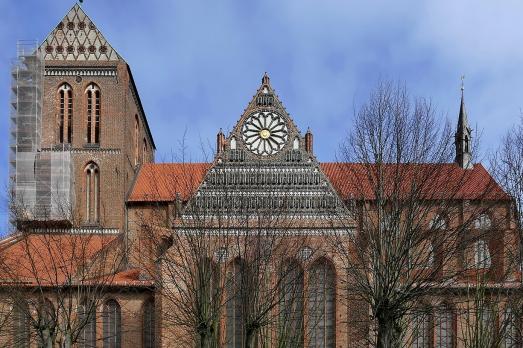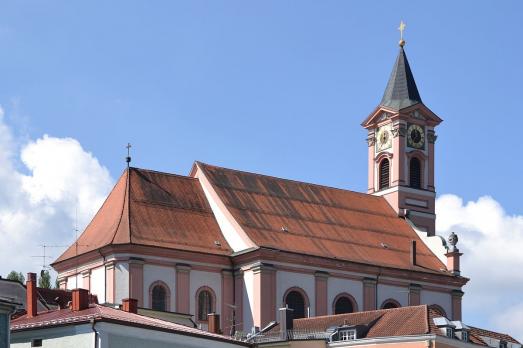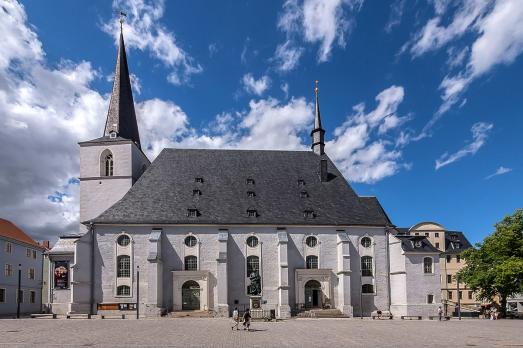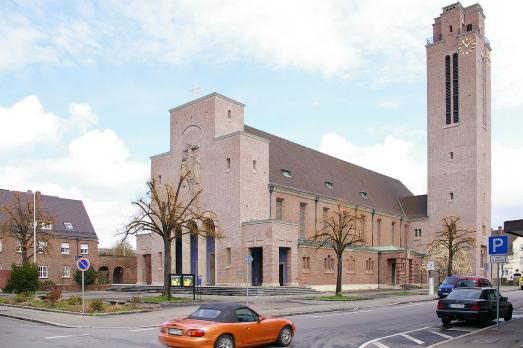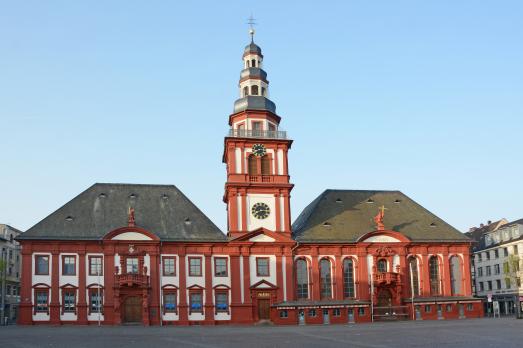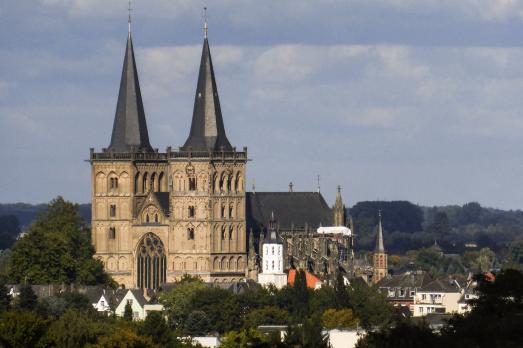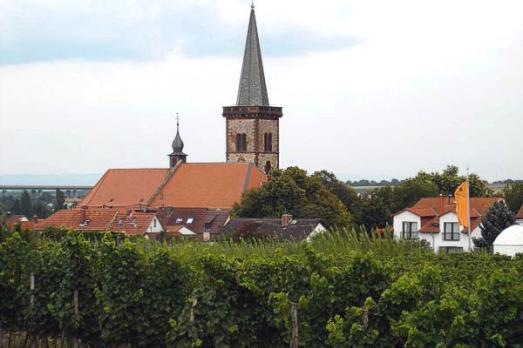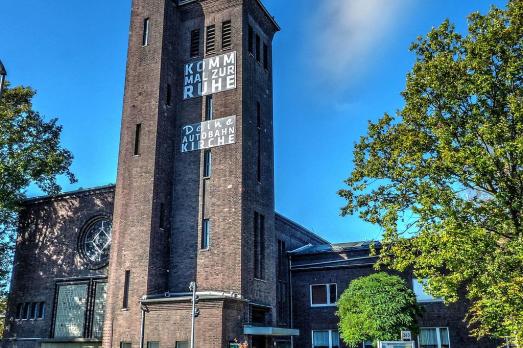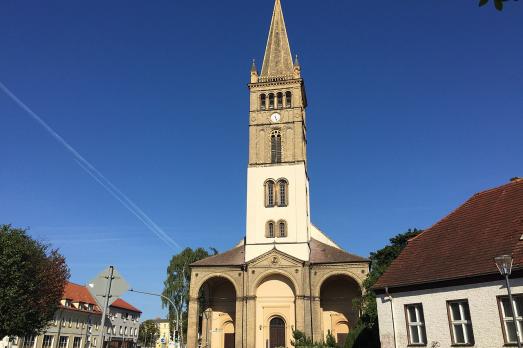
Church of St. Nicholas
Oranienburg, DE
The Protestant Church of St. Nicholas was built between 1864 and 1866 in the neo-Romanesque style by the architect Friedrich August Stüler on behalf of King Friedrich Wilhelm IV (1840-1861). It replaced a previous one, which had stood there since 1796, on the site of the Baroque church destroyed in the great city fire (1788) and donated by the electress Louise Henriette d'Orange. After being destroyed during the Second World War, the church was rebuilt in its present form in 1952.
